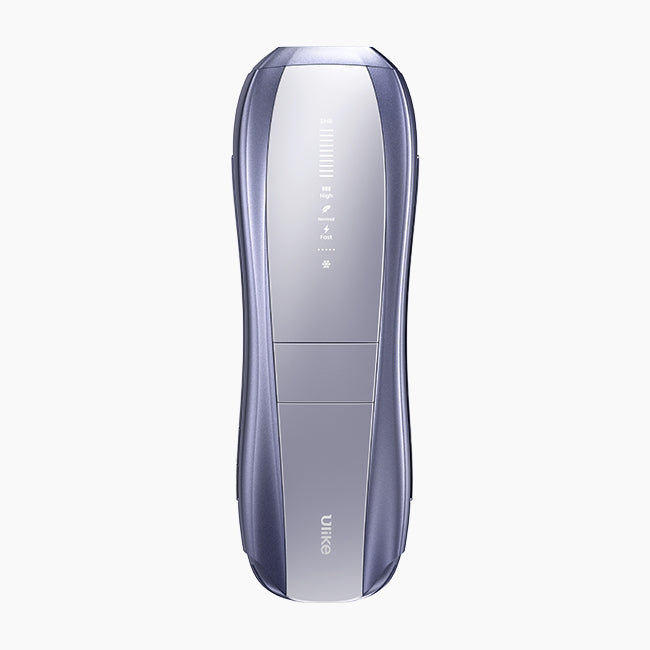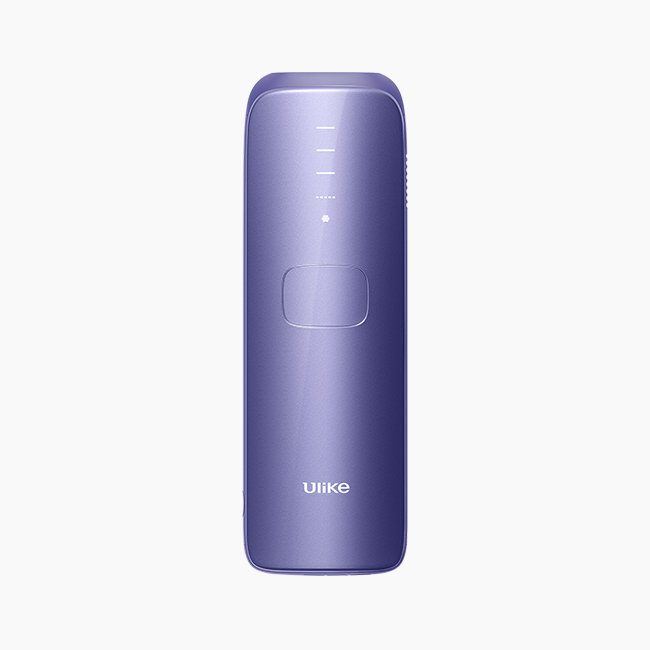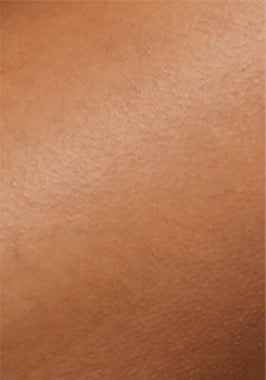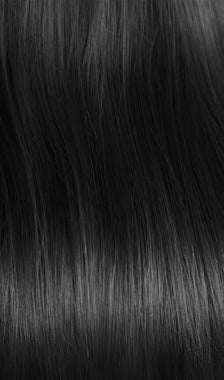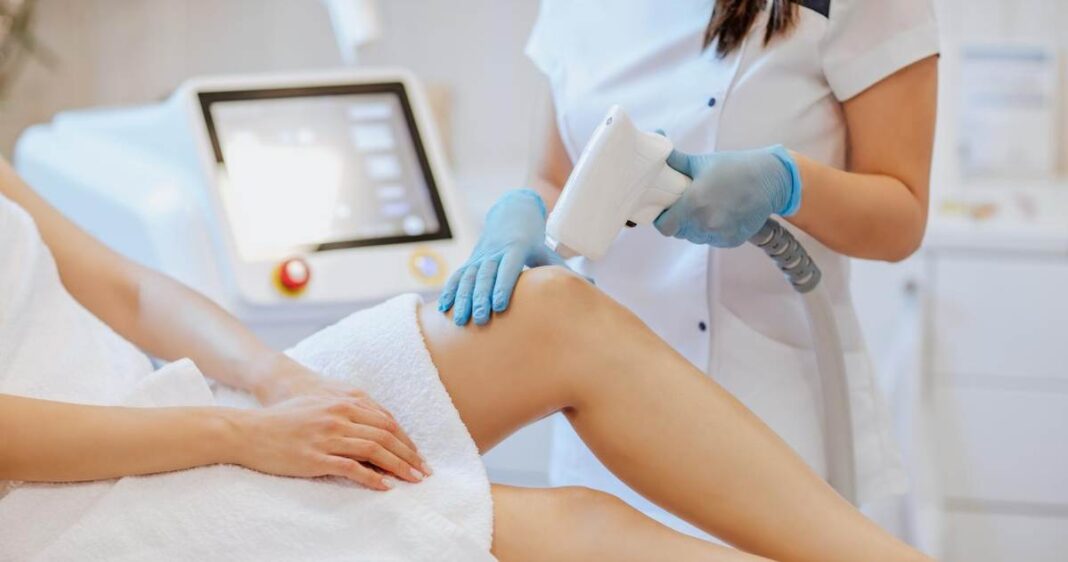
Hair shedding is the phenomenon of your grown hair falling out so that new hair can take its place. This is how the hair growth cycle works. Hair shedding occurs naturally, but it is also common during laser hair removal procedures.
The only difference is that after hair falls out of your skin, the new hair does not replace it. Did you also experience hair shedding during your sessions? Wondering how to speed up hair shedding after laser hair removal? Let’s get you the solution.
Table of Contents:
- Part 1: What is Shedding After Laser Hair Removal?
- Part 2: What Does Shedding Look Like After Laser Hair Removal?
- Part 3: When Does Shedding Start After Laser Hair Removal?
- Part 4: How Long Does Shedding Take After Laser Hair Removal?
- Part 5: How to Speed Up Shedding After Laser Hair Removal?
- Part 6: Shedding vs. Long-lasting Hair Reduction
Part 1: What is Shedding After Laser Hair Removal?
 Shedding is the process of your hair falling out after laser hair removal. It is a common occurrence after this semi-long-lasting hair removal procedure. As the laser burns your hair follicles only, they cannot support your hair strands so the already-grown hair falls out of your skin in the form of shedding. Let’s see how it happens.
Shedding is the process of your hair falling out after laser hair removal. It is a common occurrence after this semi-long-lasting hair removal procedure. As the laser burns your hair follicles only, they cannot support your hair strands so the already-grown hair falls out of your skin in the form of shedding. Let’s see how it happens.
There are four phases of the hair growth cycle: anagen, catagen, telogen, and exogen. Anagen is the phase during which hair grows out of the hair follicles, while in catagen, the follicles shrink in size, thus slowing down hair growth. Then comes the telogen phase, in which no hair growth occurs, and after a while, they shed out from the follicles in the exogen phase.
Laser hair removal is most effective in the anagen phase. Since all the hair of the body is not in the same phase, laser hair removal requires various sessions. It helps target all the hair in the anagen phase. As hair is targeted in the anagen phase, it starts shedding. That’s why your hair sheds after each session.
Does it increase hair regrowth? Will there be stubble hair growth after shedding? No. The shedding process implies that the laser hair removal is successful and the regrowth will be lesser and slower.
Part 2: What Does Shedding Look Like After Laser Hair Removal?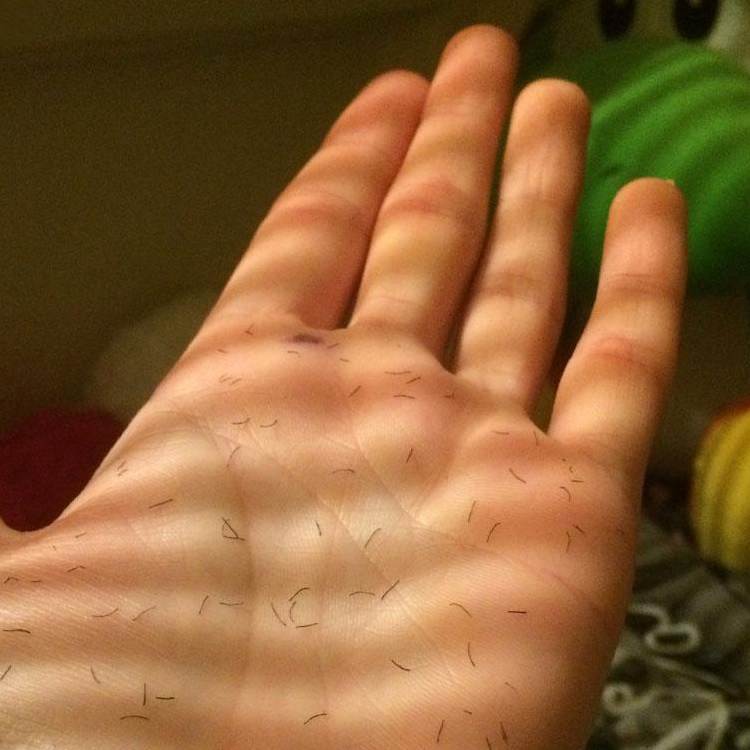
Shedding does not cause stubble hair regrowth but you can feel a slight appearance of blackheads or stubble during the shedding process. This stubbly appearance lasts only during the laser hair removal shedding process.
The appearance can be different depending on the texture and thickness of your hair. Coarse hair is more noticeable and they fall out in the form of clumps. On the other hand, thinner hair falls out slowly and can even go unnoticed. Let’s take a look at laser hair removal shedding pictures.
So, everyone can have varying experiences depending upon the treatment area, number of sessions, and the coarseness of their hair.
Part 3: When Does Shedding Start After Laser Hair Removal?
Shedding does not start immediately after the laser hair removal. It can start within 1 week of hair removal for some individuals while some individuals may feel delayed shedding. However, this is completely normal because the usual timeframe for the process to occur is 1-3 weeks.
The onset of shedding depends upon various factors such as
- The treated area: The area being treated, the type of hair present in that area, and the thickness of the epidermis can influence the onset of shedding
- Hair growth cycle: The shedding will start more quickly when more hair is targeted in the anagen phase effectively
- Number of sessions: Shedding does not start after 1 laser hair removal session. It can take quite a few sessions for the hair to fall out to start
Part 4: How Long Does Shedding Take After Laser Hair Removal?
After the phenomenon of shedding starts, it can continue for days and even weeks. Most commonly, it continues for 10-14 days. However, as the onset of shedding is different, the duration of shedding will also be different depending upon the texture of your skin, the duration of each phase in your hair growth cycle, and the treatment sessions.
The time duration is variable but it can never last forever. You will observe shedding after every laser hair removal session. But as your sessions move towards the end and the hair growth starts slowing down, the shedding will also reduce and then eventually stop after your laser session.
Part 5: How to Speed Up Shedding After Laser Hair Removal?
Sick and tired of seeing small hair fall on your bed or in your bathtub? Does the small hair stuck on your clothes trigger your OCD? How long is it going to last? Can I speed up the shedding process? Yes you can by:
Gently Exfoliating the Area
Gentle exfoliation after 48-72 hours of your laser hair removal session can expedite the shedding process. Exfoliating the area slowly and softly can help you get rid of dead cells, entrapped dirt, and other impurities from your skin.
As a result, it will be easier for your hair to detach from the follicles and fall out. Avoid exfoliating too frequently as it can cause redness, inflammation, and disruption of the epidermis.
Moisturizing
Let your skin hydrate sufficiently. After your laser hair removal session, apply a gentle, chemical-free moisturizer. This helps your skin recover its depleted moisture and become softer. As your skin becomes softer, hair can easily push through it and fall out.
Consult a Professional
Lastly, if you have found any products that speed up shedding or hear about a new method, consult a professional first before trying it out. Consulting your practitioner can help you get better advice regarding your skin type and the method that can suit you the best.
It is important to remember that laser hair removal does not end with your visit to the practitioner. Adequate aftercare and hydration are necessary to make the hair removal procedure successful and safe.
Part 6: Shedding vs. Long-lasting Hair Reduction
Shedding and long-lasting hair reduction are two terms most commonly associated with laser hair removal. Both these terms lead to a hairless body but they are not the same. Shedding is a temporary process that occurs a few days after a laser session. On the other hand, long-lasting hair reduction refers to a long-lasting reduction in hair growth.
Shedding occurs as a result of detachment of hair from hair follicles while hair reduction occurs as a result of damage to hair follicles. With each laser session, your hair follicles are destroyed, your hair is shed, and the hair regrowth becomes slow and less dense leading to long-lasting hair reduction.
Everyone experiences shedding after laser hair removal for long-lasting smooth skin. Therefore, do not worry if you see clumps of hair falling out; trust the process for useful results.
Conclusion
The laser from a laser hair removal device destroys the hair follicles leading to hair shedding. It is completely normal, occurs 1-3 weeks after the laser, and continues for days to weeks. The onset and duration vary depending on the treatment area, hair texture, and treatment characteristics.
You can try exfoliating and hydrating your skin to speed up the process. These steps are necessary for shedding and helping your skin heal properly after laser hair removal. Shedding, proper skincare before and after the session, and compliance with your practitioner’s instructions can make the process go perfectly to let you enjoy long-lasting results.
